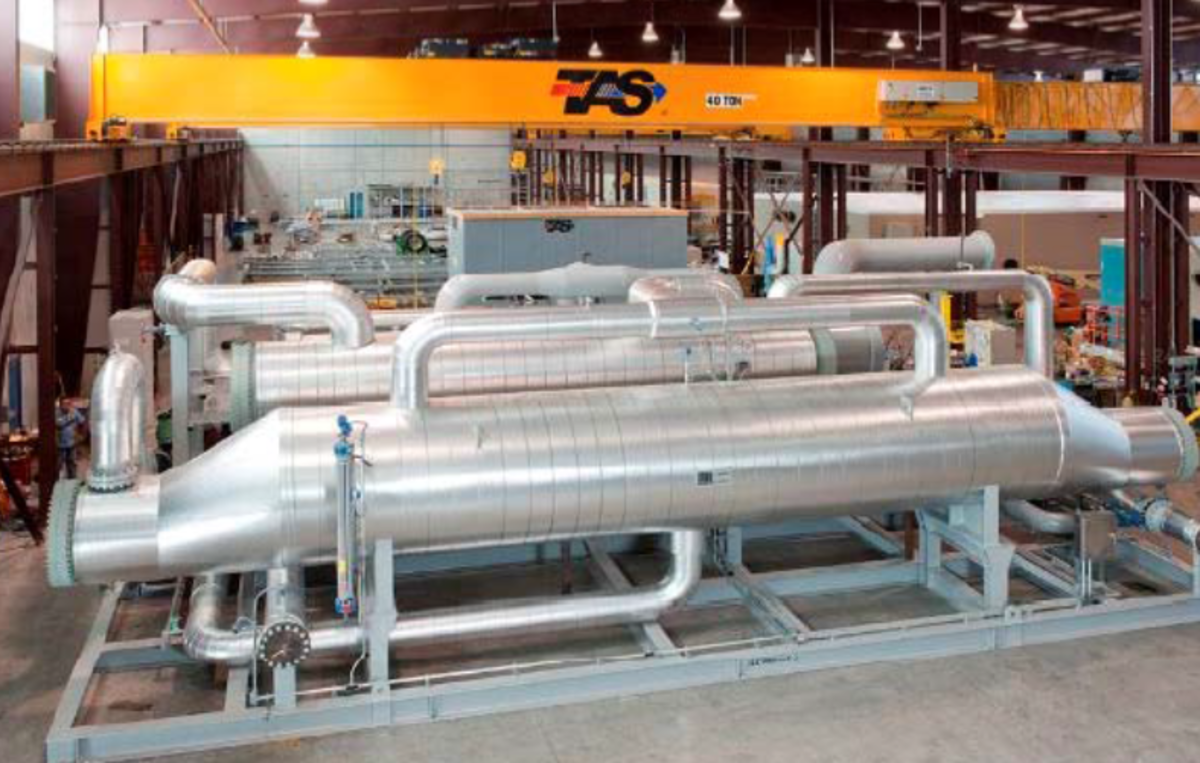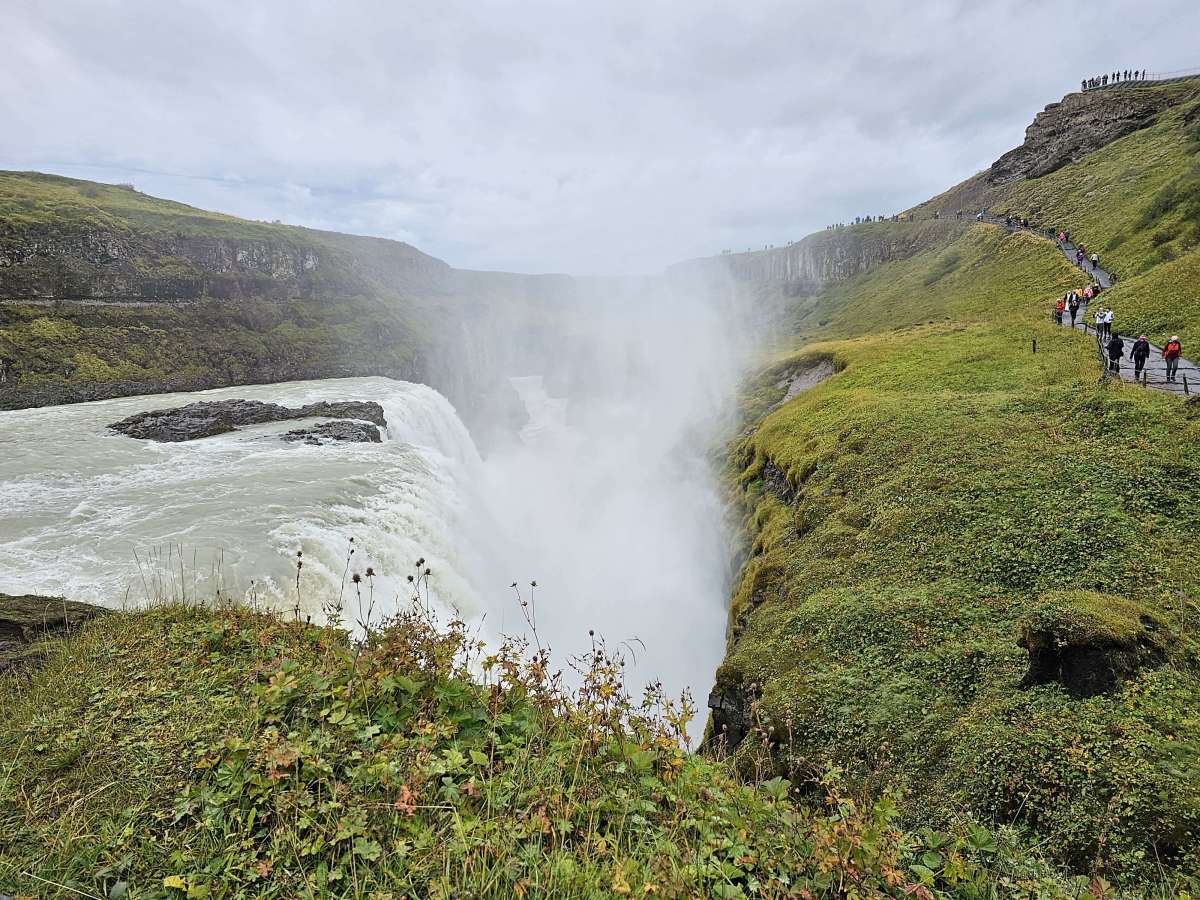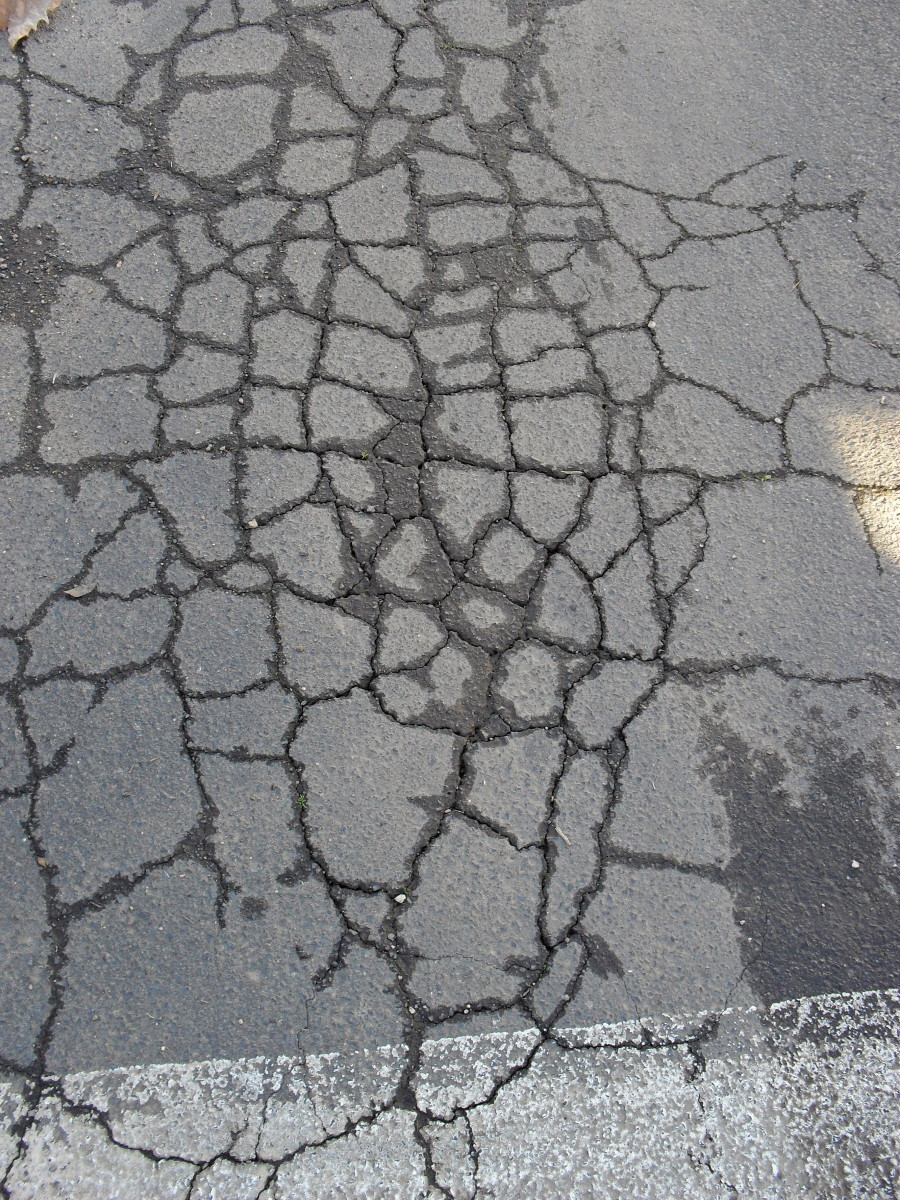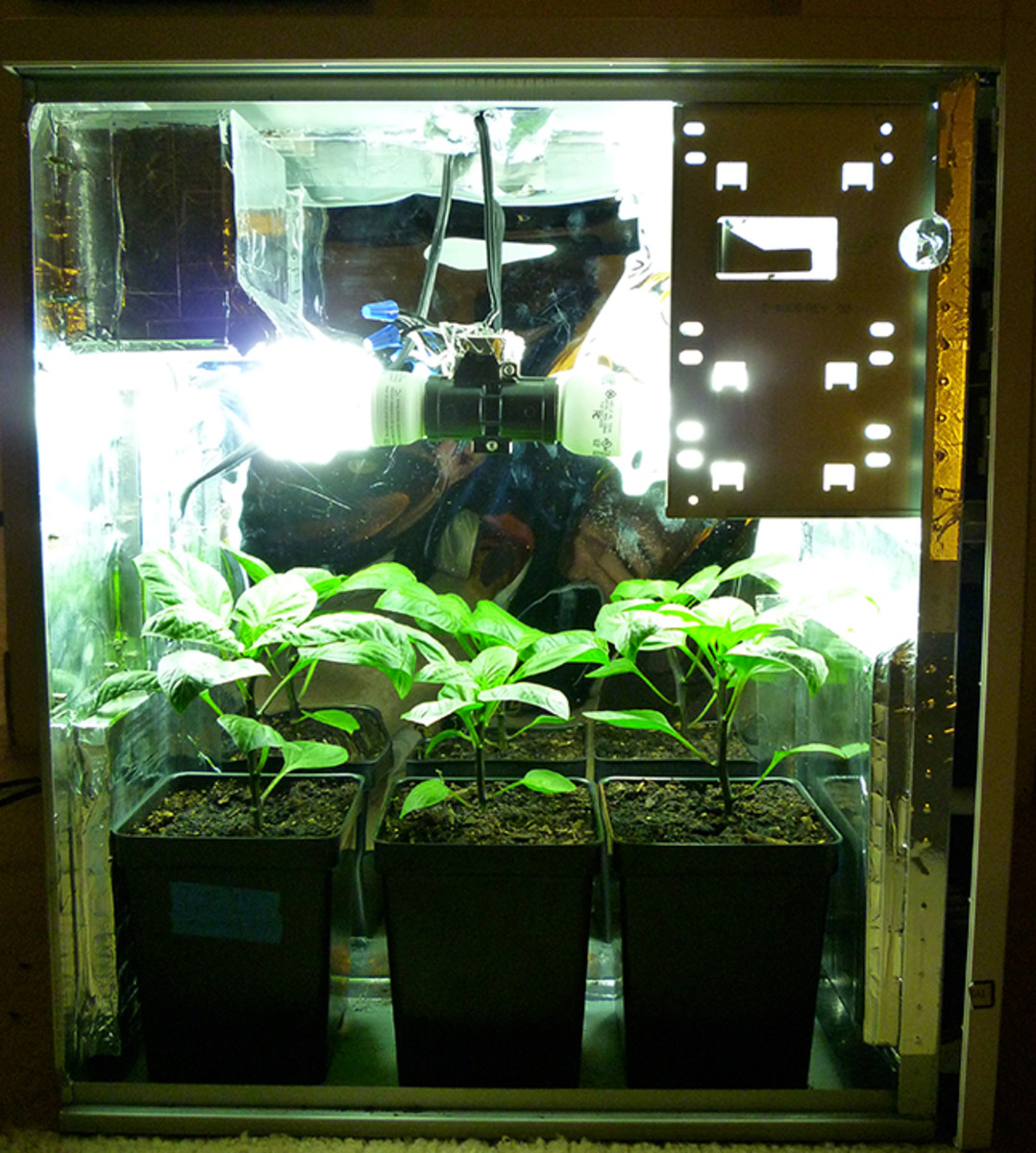Geothermal energy: The How Too
The basics of geothermal energy
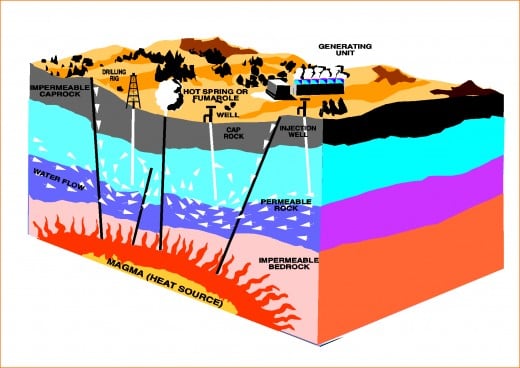
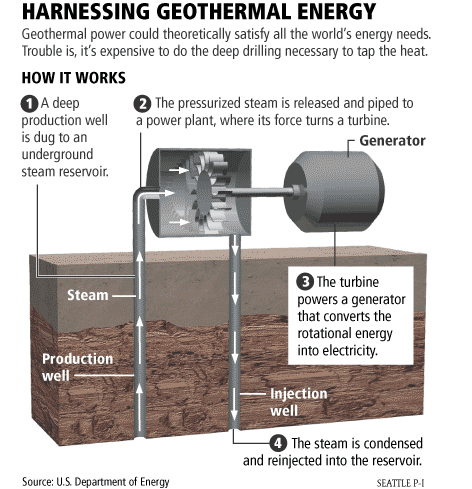
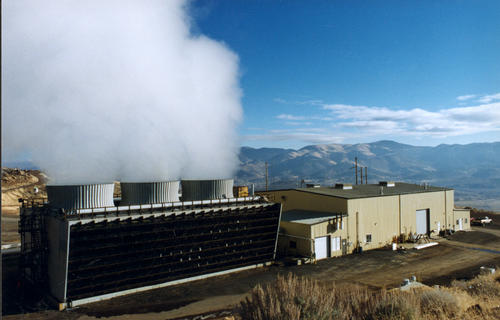
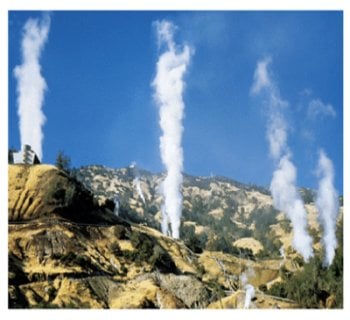
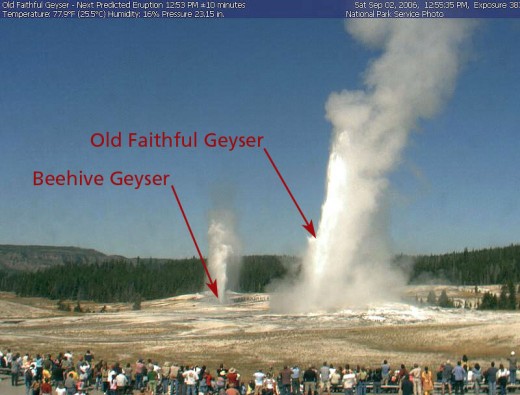
Geothermal energy has been around and used for thousands of years
With the recent disasters of the BP oil spill in the Gulf of Mexico (2010) and the nuclear disaster in Japan after the 8.9 earthquake and tsunami that damaged five nuclear cores and the subsequent meltdown (2011) of one of them that is second only to Chernobyl should be inspiration enough to move onto an alternative source of energy. That alternative, that already is in use in a few countries, is geothermal energy. It has proven to be reliable for the extent of the time it has been in use. The first geothermal steam powered electrical generator was developed and placed in use in 1904 in the US. Before that, First Nations were known to build homes around natural vents to capture natural heat for the last 10,000 years. Romans used it to heat their famous baths, some of which are still working and in use. British Columbia boasts the Harrison Hot Springs that are used by tourists for curative purposes all year round, For most of the history, these systems were passive, but in modern times, we have developed active geothermal plants that do useful work.
Geothermic or geothermal energy is power that is sourced from the internal heat of the Earth itself and is put into use in heating homes or driving steam powered turbine-dynamo pairs. Geothermic energy has been proven effective and efficient, with one of the highest efficiency ratings that can be given to any energy conversion system. Many areas of the world are suitable for obtaining and using this energy, but most of them remain unused in flavor of other sources such as fossil fuels, nuclear, hydro or wind energy. Geothermic energy where extracted has proven to be reliable over extended periods of time. Currently, this is the form of energy that is used in places like Iceland, the Philippines, California, Italy, Africa, New Zealand and many other places. Iceland boasts the highest percentile of its power production based on geothermic sources. Sadly, neither Washington State, nor British Columbia nor Alaska boast any geothermal plants whatsoever. Yet these regions have hot springs and natural thermo vents galore showing that internal heat is very close to the surface and reasonably accessible at little initial cost.
Some sources of this energy are natural, occurring around hot springs, like the ones found Near Harrison British Columbia, or in Yellowstone National Park in the US. Others can be created where there are known hot places near the surface of the earth, but are dry. Within the earth, near the source of heat, the is sometimes a reservoir of water which gets super heated by the magma that is close by and supplying the heat. The water then works its way to the surface in the form of hot water springs or geysers to erupt on the surface in jets of super heated steam. Dry hot spots can be developed by injecting water into the hot zone and then tapping the heated water or steam to do what we want, to generate power or to heat homes directly as is done in Iceland. With the tapping of this energy source, it may be even possible to lessen the threat of volcanic eruptions or earthquakes or reduce their impact.
The best places for constructing geothermal plants are near the plate boundaries of the planet where large tectonic plates jostle and rub against one another on the lithosphere of the planet. This is also true for any dynamic planet that functions in a similar manner as the earth. This natural tendency creates plenty of natural hot spots. This is one reason why Iceland is ideal, but the western coast of the Americas and eastern coasts of Asia are also ideal for similar reasons. The ideal spot is where super heated water or steam erupts from a hot spot below the surface. Alternatives are close to active volcanoes, such as found in the Hawaiian chain of islands. A power plant can be placed nearby to capture the steam and use it to power turbines for the generating of electricity. The steam can also be used to heat buildings directly without turning it into something else. The size of the power plant is limited only by the amount of the natural resource available. As it stands now, most natural sources of geothermal energy just vent into the air without being used.
To tap this source, engineers need to drill down toward the hot spot. There need to be two shafts that are interconnected. One shaft is for injecting water into the subterranean hot spot. This one would be fitted with a one way valve similar to the valve in an engine block that prevents a back flow of water and insures a one way flow of fluid, i.e., cold water to the magma region and hot water of steam from the magma region. The second pipe is used to conduct super heated steam to the turbine-dynamo pair to generate the motion needed to generate electrical power. Some of the power would be taken to run the injection pumps, but most of it can be delivered to the electrical grid for use in the community. The vented steam can be collected by cooling towers to condense it back into water for recycling, much like is done in a closed loop in nuclear power plants. This would be useful in regions where there is a shortage of water.
Finding a suitable spot where the plant can be secured to existing rock is usually not a problem, especially near volcanic regions such as in Iceland. It there is a problem of a lack of natural rock, then a large concrete slab can be laid down to anchor the whole power plant in place. Natural cracks in the rock may be used to penetrate the earth with a network of delivery and uptake plumbing to harvest the natural heat. If not, we can certainly drill our own network with existing oil rig technology, The rest is straight forward off the shelf technology that already is in place at hydro, fossil fuel and nuclear facilities, but without any of the risks associated with the methods now being used.
Geothermal plants lend themselves well to construction on all size levels. The very first electrical producing plant could only light four light bulbs, Modern ones can power whole cities. In fact, anywhere one can find a source of heat from the earth, is a candidate for setting up a geothermal plant.
A small geothermal plant.
A much larger geothermal plant
Iceland; the world leader in geothermal energy
Meanwhile, BC is still in the looking stage despite huge untapped geothermal resources
Geothermal Energy Information


